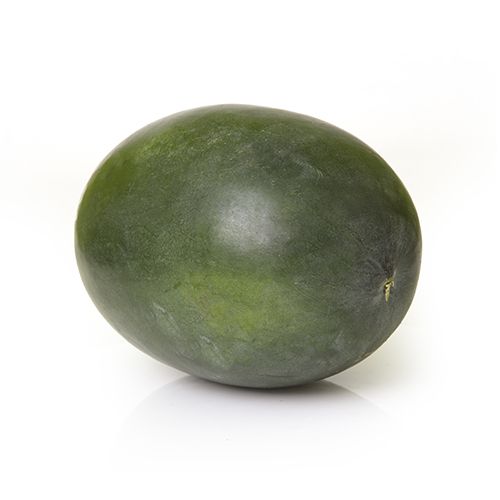

Collectives for Integrated Livelihood Initiatives
Zero loss due to post harvest linkages for watermelon farmers
Number of messages shared with farmers
Number of farmers participating
tonne. Wastage due to early harvest
In April 2019, CInI invited Vriddhi to complement their team’s effort to support 95 watermelon farmers in Harichandanpur. About 56 tonnes of watermelon was sold over five weeks.
Our role:
CInI team was playing the role of last mile consumption of the message.
Overall, the project was successful in that about 1 tonne (1.7% of total) was wasted due to delayed linkage. This was because farmers had not anticipated the level of damage to the crop while holding in the field. There was another instance where farmer harvested entire crop even which was not ripened. In this case, the information to avoid this was with the farmer.
23 messages were sent out over this period across categories of mandi prices, prices realized across villages, weather information, offers from traders, specific information as needed to support the program.
Our list was of 79 numbers including few members of CInI team.
A broadcast list of Whatsapp was set up with about 30 traders to whom the message about availability was broadcast 4 times in the season.
Three videos were finalized to support the implementation process and for wider spread of messages and learning.
Finally, this was supported by phone calls to farmers. While we called 48 persons, we were able to speak to about 15 of them. The calling started fairly late as a result the early season was already over for farmers in villages such as Kusumjhari.
What has this experience shown:
Our insights on planning and management process
A process of estimating overall production with a weekly sales plan was followed rigorously. This helped coordinate efforts of the Vriddhi team with the CInI team and the need of the farmers.
Video content was developed but the learning was that the timing of their finalisation needs to be improved. Videos that are developed need to be narrowcasted in a purposive manner through village meetings for increased impact on practice.
Farmers estimation of quantity has improved. Last season, the estimation was always a challenge both for traders, farmers and the CInI team.
There is always a fear of cartel formation and pushing the price down by traders. The chances of this are higher when: 1) rains or any factor that is pushing price down; 2) farmers holding capacity is low or not clear.
Our insights on digital support for price discovery
We realised that farmer to farmer information sharing on price is very patchy currently. Even in the same hamlets, other farmers do not know the price at which produce has been sold. Even village level data on price broadcasted to a larger group is a value add for price discovery. We learnt If farmers know how to use the message and data, they actively seek it. We had examples of few farmers calling us to ask about mandi rate. Farmers actively share information and their problems when we speak over phone. This is a powerful mechanism and should be integrated more systematically into this program.
Grading at farmer level was practiced quite widely. They understood the price implications of smaller fruit. They also benefited from segregating and selling. There was specific content generated on this, price was shared as per grade and all this combined seemed to have made a difference.
Weather information that is curated and targeted can be immensely useful. We draw information from our partner Skymet weather services. The implication of the weather information is as important we realized. The information on rain forecast was used more than once to negotiate/hold. It was due to weather information that the farmers sold their produce at competitive rates and did not lose any produce to the impending cyclone in the area.
Traders and farmers both benefit from a mid-point platform. Traders find it difficult to fully trust farmers and need some assurance that the produce will indeed be there when they arrive. Farmers need this platform to primarily aggregate to get truck loads. This year that role was played very extensively by CinI team on the ground.
Farmers develop sentient linkages- they begin to trust one trader more than others. They are also reluctant to step out to the mandi and sell – this is essential to continue to grow linkages and knowledge. This also reiterates rationale for a mid point platform – benefit from patronage with low chances of being cheated on account of it. Linkage with distant markets is essential – even if sale doesn’t happen there. This helps provide perspective and confidence re rate and the potential to sell.
